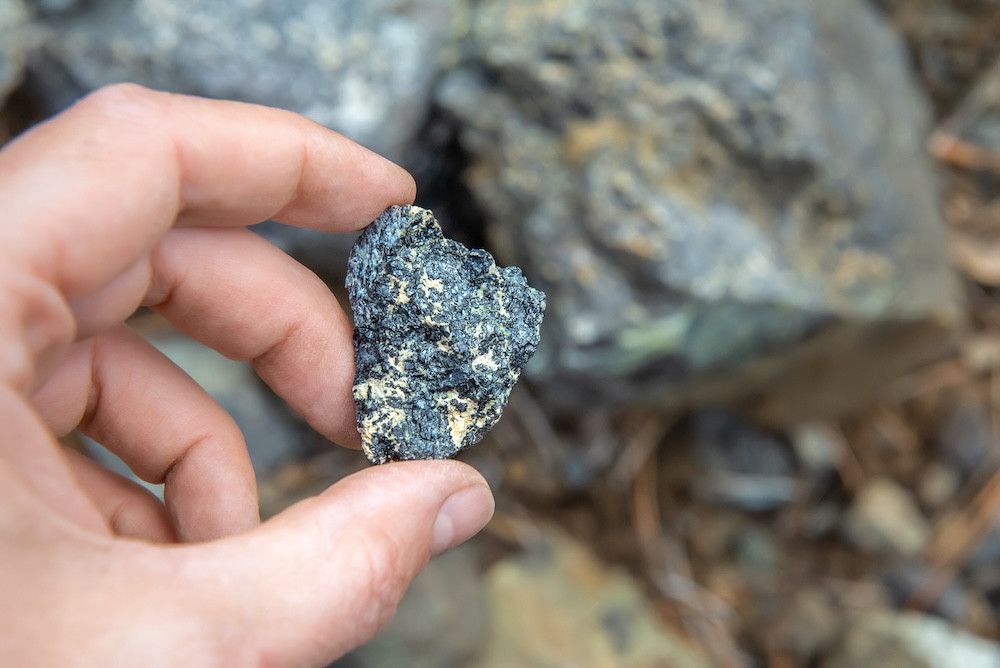China’s Rare Earth Minerals Export Curbs Threaten Global Auto Production


Cut through the green tape
We don't push agendas. At Net Zero Compare, we cut through the hype and fear to deliver the straightforward facts you need for making informed decisions on green products and services. Whether motivated by compliance, customer demands, or a real passion for the environment, you’re welcome here. We provide reliable information—why you seek it is not our concern.
A small but essential component of modern vehicles is now creating significant disruption across the automotive industry. Since April, China has imposed tighter export controls on rare earth magnets, triggering supply chain problems for manufacturers worldwide.
These magnets are found in electric vehicle motors, power steering systems, sensors, windshield wipers, and audio systems. Both electric and traditional vehicles depend on them. The challenge is that China currently produces and processes about 90 percent of the global supply of rare earth magnets.
New export license requirements have already caused some European suppliers to halt production. In the United States, carmakers are warning that similar disruptions could happen within weeks.
Why Rare Earth Magnets Matter
Rare earth magnets, particularly those made from neodymium, praseodymium, and dysprosium, are valued for their strong magnetic properties and efficiency. They allow for smaller, lighter motors, which are essential for increasing range and reducing weight in electric vehicles.
These materials are also widely used in conventional vehicles for systems such as power seats, driver-assist features, and safety mechanisms. Without access to these magnets, vehicle production cannot proceed as normal.
The Most In-Demand Rare Earths: A Quick Snapshot
Although the term "rare earths" includes 17 elements, only a few are especially critical for the automotive and clean technology sectors. The table below outlines 10 rare earth elements currently in high demand, including their uses, risk levels, and primary sources:
Element | Key Applications | Supply Risk | Primary Source |
|---|---|---|---|
Neodymium (Nd) | Permanent magnets in EV motors, wind turbines, speakers | Very High | China |
Praseodymium (Pr) | High-strength magnets, aircraft engines, alloying agent | High | China |
Dysprosium (Dy) | Heat-resistant magnets for high-performance EVs and military systems | Very High | China |
Terbium (Tb) | Magnets, phosphors in LEDs and display screens | Very High | China |
Lanthanum (La) | Rechargeable batteries, camera lenses, fuel cracking catalysts | Moderate | China, United States |
Cerium (Ce) | Catalytic converters, polishing compounds, glass manufacturing | Moderate | China, Australia |
Samarium (Sm) | Permanent magnets in precision guidance systems and headphones | High | China, Russia |
Gadolinium (Gd) | MRI contrast agents, nuclear reactor shielding | Moderate | China |
Yttrium (Y) | Phosphors for LEDs, lasers, superconductors | High | China, India |
Holmium (Ho) | High-flux density magnets, nuclear reactors | High | China |
The above elements are fundamental to electric vehicle manufacturing and the wider clean energy transition. Their availability is currently tied to a single country, which presents clear risks.
Automakers Scramble for Workarounds
Automotive companies, including General Motors, Ford, BMW, Volkswagen, Hyundai, and Mercedes-Benz, are now evaluating short-term and long-term solutions. Some are attempting to stockpile existing supplies or move final assembly into China to bypass export restrictions.
Others are looking to source magnets from non-Chinese suppliers, though global capacity is limited. Research and development on alternative motor designs that do not rely on rare earth magnets is also accelerating, but such technologies are not yet ready to meet large-scale production needs.
Over-Reliance on a Single Supplier
This situation highlights a broader structural problem. The automotive and renewable energy sectors rely heavily on a single country for critical materials. Even temporary restrictions can cause serious operational risks across global supply chains.
Governments in the European Union, the United States, and Australia have committed to funding rare earth mining and processing facilities. However, these projects require years to develop and face significant environmental and regulatory challenges.
Balancing Sustainability and Security
Rare earth mining and processing can have serious environmental consequences, including toxic waste and water contamination. China has long managed most of the environmental burden associated with these processes. However, domestic reforms and stricter regulations are beginning to reduce output, compounding the current supply concerns.
Finding the right balance between environmental responsibility, economic stability, and supply chain security is now a central challenge for both policymakers and manufacturers.
What Comes Next
The short-term outlook remains difficult. Disruptions may continue to spread, component prices may rise, and production delays are likely. For automakers and governments alike, this is a reminder that the transition to electric mobility depends not only on innovation but also on secure and diversified access to critical materials.
Investments in recycling, alternative motor designs, and rare-earth–free technologies will become increasingly important. At the same time, developing independent sources for these essential materials is no longer a long-term ambition. It is an immediate necessity.

More related content

Lagardère Travel Retail Joins New Retail Alliance to Cut Supply Cha...

EU Awards €2.8 Billion for Transport Upgrades to Boost Connectivity...

Kampala’s Vehicles Emit Alarming Pollution Levels, New Study Finds
